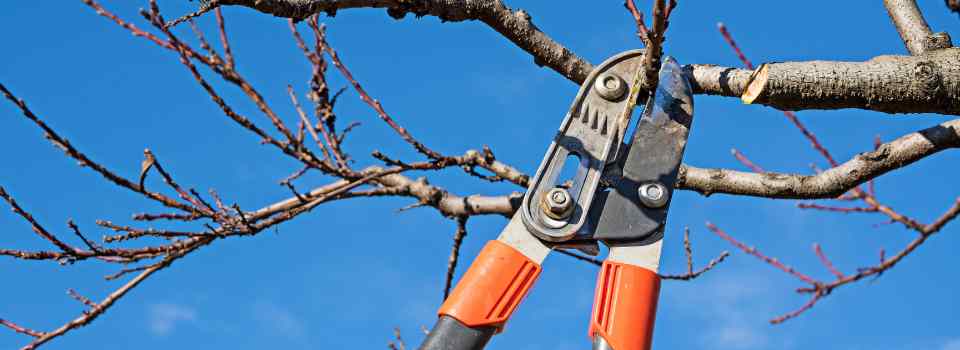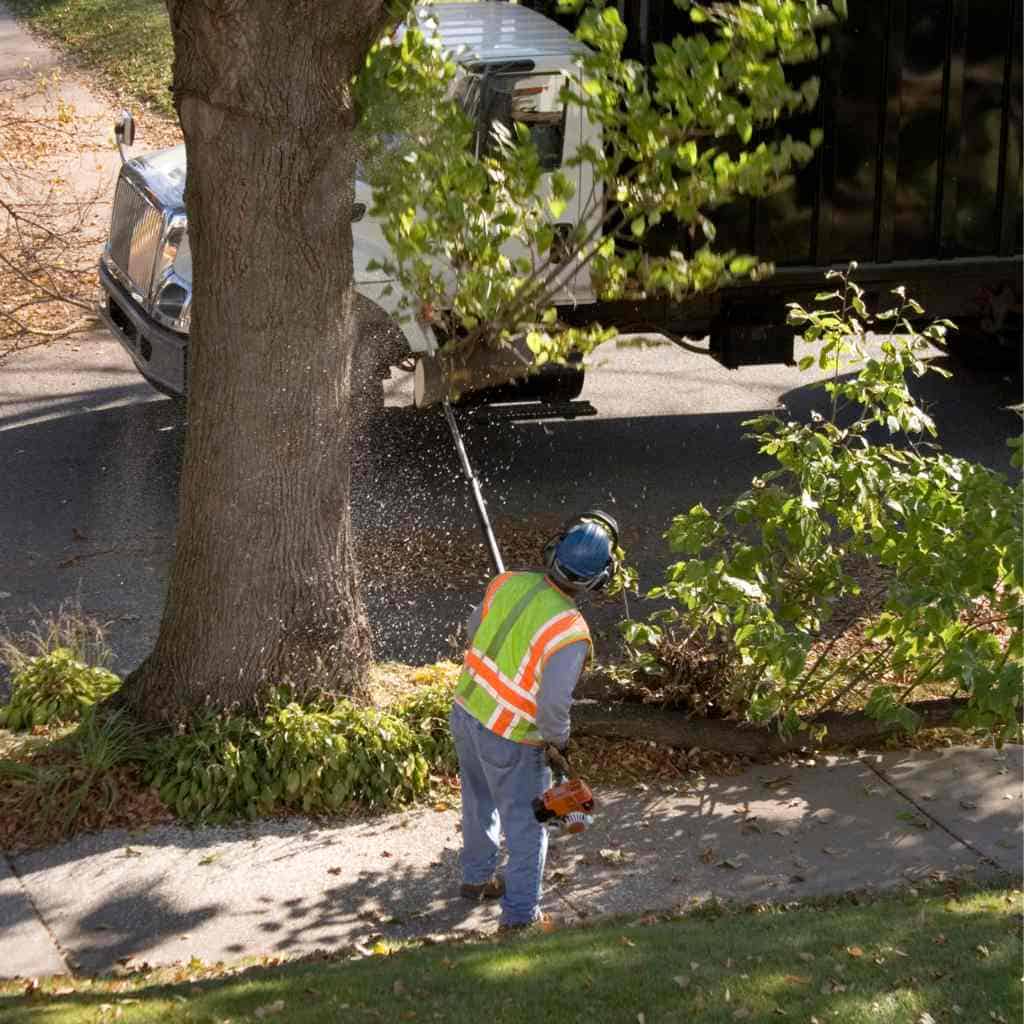Tree Pruning Service
Leave the Tree Pruning to Splendid


When Should I Prune My Tree?
The best time to prune a tree depends on the type of tree and your specific goals for pruning. However, some general guidelines can be followed:
1. Winter Pruning: Pruning during late fall to early spring (dormant season) is often recommended for many deciduous trees. Without leaves, it’s easier to see the tree’s structure, and the tree is less stressed.
2. Spring Pruning: For flowering trees, it’s often best to prune right after they finish blooming. This allows the tree to set buds for the next season without disruption.
3. Summer Pruning: Light pruning can be done during the summer to remove small, weak, or diseased limbs. However, major pruning during this season is generally avoided because it can stress the tree.
4. Fall Pruning: It’s usually not recommended to prune in late summer or early fall. Pruning stimulates new growth, and if this new growth doesn’t have time to harden off before winter, it can be more susceptible to cold damage.

Why Trust Splendid Landscaping Services?
Trusting Splendid Landscaping for your tree pruning needs ensures a seamless blend of expertise, precision, and care, making us the top choice for enhancing the health and beauty of your trees. Here’s why our services stand out:
1. Expert Arborists: Our team comprises skilled arborists with extensive knowledge of tree biology and pruning techniques. They assess each tree individually, ensuring tailored care for optimal growth.
2. Proactive Health Management: Beyond aesthetics, we prioritize the overall health of your trees. Our pruning practices promote disease prevention, early detection, and mitigation, contributing to the longevity of your trees.
3. Safety First: Safety is paramount in our services. Our professionals adhere to industry standards and best practices, employing safe pruning methods to protect both your property and our team.
4. Customized Solutions: No two trees are alike, and our services reflect this understanding. We tailor our pruning strategies to suit each tree’s species, age, and unique requirements, ensuring optimal results.
5. Transparent Communication: We believe in transparent communication. Before initiating any pruning, we provide detailed explanations of the process, potential outcomes, and any specific concerns, keeping you well-informed at every step.
By choosing Splendid Landscaping, you’re choosing a partner dedicated to nurturing the vitality and aesthetic appeal of your trees through expert pruning practices.
Different Types of Tree Pruning
Crown Thinning:
Removing select branches to increase light and airflow.
Crown Raising:
Elevating the lower branches for clearance.
Crown Reduction:
Reducing the overall size while maintaining shape.
Deadwood Pruning:
Removing dead or diseased branches.

Common Signs that a Tree Needs a Prune
Dead or Hanging Branches
- Risk of Falling: Dead branches pose a significant hazard as they can fall unexpectedly, especially during storms or windy conditions.
- Disease Spread: Leaving dead branches attached can facilitate the spread of diseases to other parts of the tree.
Overcrowded Branches:
- Limited Sunlight: Overcrowded branches can obstruct sunlight, preventing lower branches and surrounding vegetation from receiving adequate light.
- Air Circulation: Dense canopies hinder proper air circulation, creating a favorable environment for diseases and pests.
Diseased or Pest-Infested Areas:
- Early Intervention: Identifying and removing diseased or infested branches promptly can prevent the further spread of pathogens and pests throughout the tree.
- Preserving Tree Health: Pruning can improve the overall health of the tree by eliminating compromised sections.
Unbalanced Canopy:
- Structural Stability: An unbalanced canopy can compromise the structural stability of the tree, making it more susceptible to damage during adverse weather conditions.
- Aesthetic Appeal: Pruning to balance the canopy enhances the tree’s aesthetic appeal, promoting a more symmetrical and visually pleasing form.
